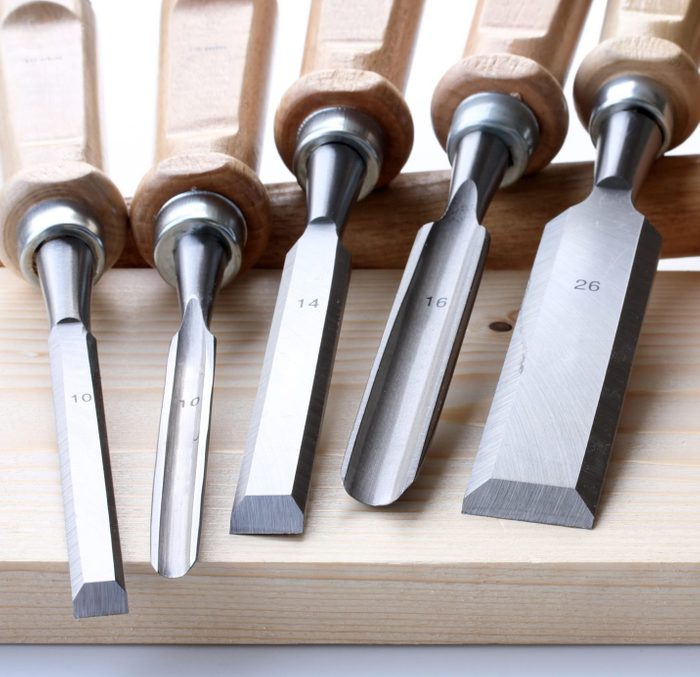
Community
While this is not a tool you buy and store in your shop, it may be the most important one on this list.
A tool helps you do things, and a woodturning community helps you save money on tools and wood, as well as learn techniques in classes. Plus, it’s the go-to resource for answering the countless questions about the details of your projects.
MWA dues cost me $35 a year, and it’s worth every penny. Members have given me tools and advice, even a lathe that was no longer in use. MWA organizes group purchases so members can buy tools at a discount from woodturners’ supply stores.
Buy the best tools you can. I’m not a fan of cheap tools. The additional cost of an excellent tool will be forgotten over its long life and quality results. Also, if you’re in a community and decide woodturning is not for you, you can easily sell quality tools to members. They will not buy your cheap tools.
Search for a woodturning community in your area. Start with the American Association of Woodturners, which has 365 worldwide chapters.
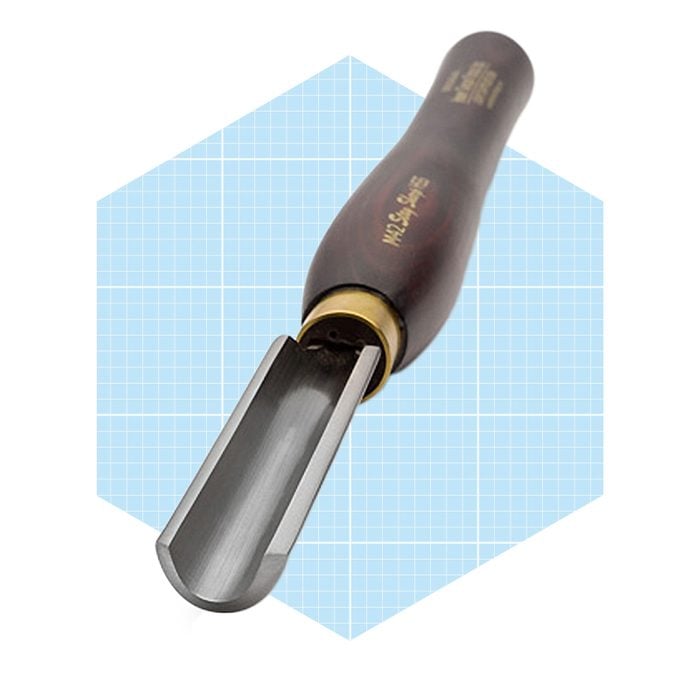
Roughing Gouge
This tool makes squared wood blanks round. It’s beefy, with a long handle and a U-shaped steel flute that removes a lot of wood.
Unlike most turners who love creating gorgeous bowls, I just do spindle work to make heirloom lefse rolling pins. I use a roughing gouge is the most, to round out blanks and create curves and coves in the handles.
My roughing gouge, purchased used, is 1-1/4-inch across the flute, but a 3/4-inch roughing gouge is a common and versatile size. Prices range from $70 to $120.
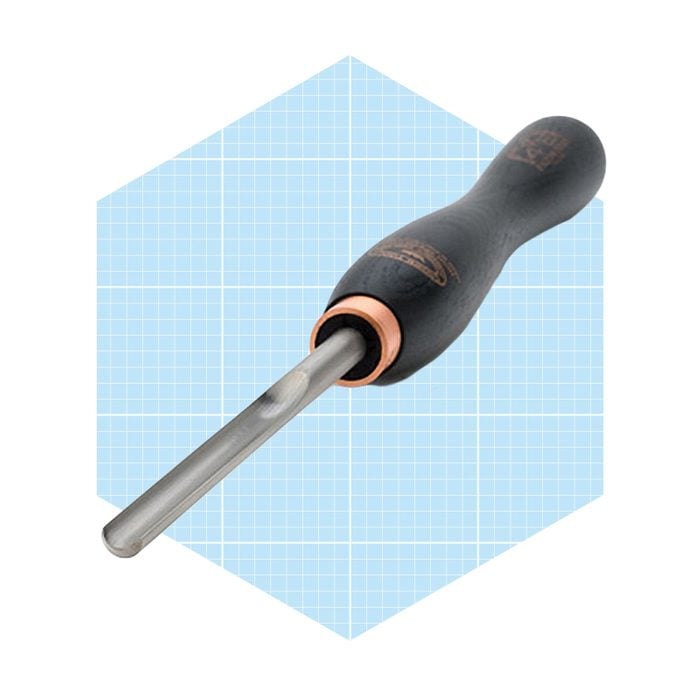
Spindle Gouge
This tool shapes wood and creates finer details than a roughing gouge because of its shallower, narrower flute. The spindle gouge has a “fingernail” grind, meaning the edges are ground back to the shape of a fingernail for versatility and clearance in tight grooves on the spinning wood.
A 1/2-inch spindle gouge is typical. Prices range from $40 to $120.
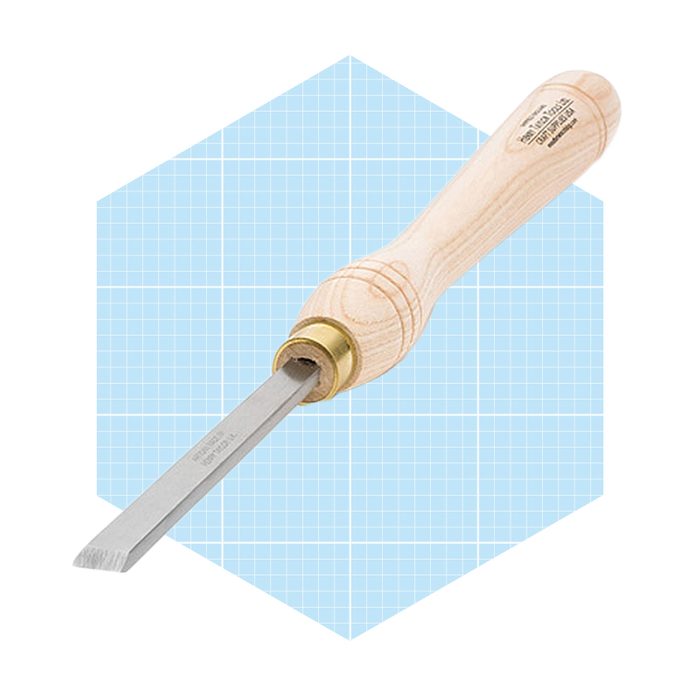
Skew Chisel
This is a great wood lathe tool with a rounded top and bottom edge that adds maneuverability. Plus, a skew chisel is tremendously versatile.
However, some woodturners say it’s difficult to learn to use properly. A skew tip can catch the rapidly spinning workpiece and cause kickback. Take your time studying the right way to use it before working with it.
I’ve used a versatile 1/2-inch skew to plane wood to a glassy smooth surface and create fine beads. Prices range from $40 to $80. If you absolutely don’t like a skew, you can do much of the same work with a 1/4-inch or 3/8-inch spindle gouge, priced at $35 to $80.
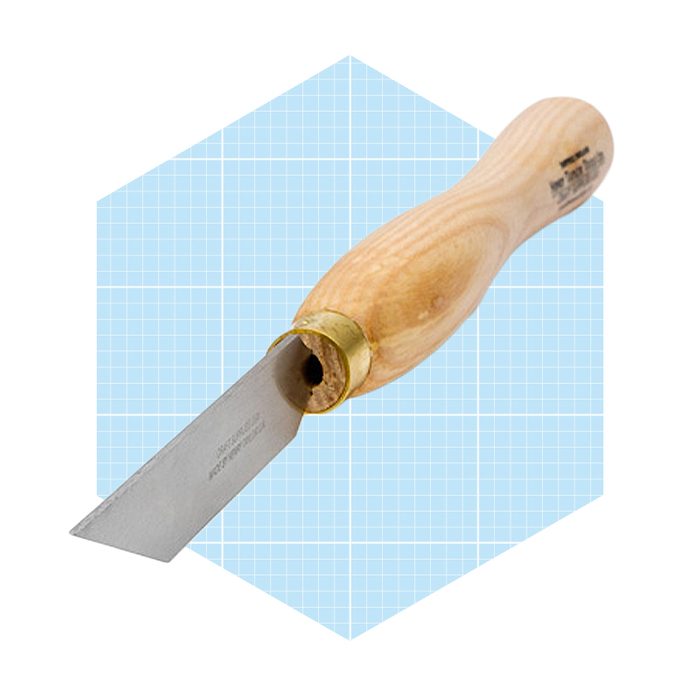
Parting Tool
When turning spindles, a parting tool cuts off unwanted material from the main body of the workpiece, establishes diameters and cuts small flat areas. I have two parting tools, one with a 1/16-inch-wide blade for precision cuts, and another with a 3/16-inch-wide blade for most of my parting work. Prices range from $45 to $75.
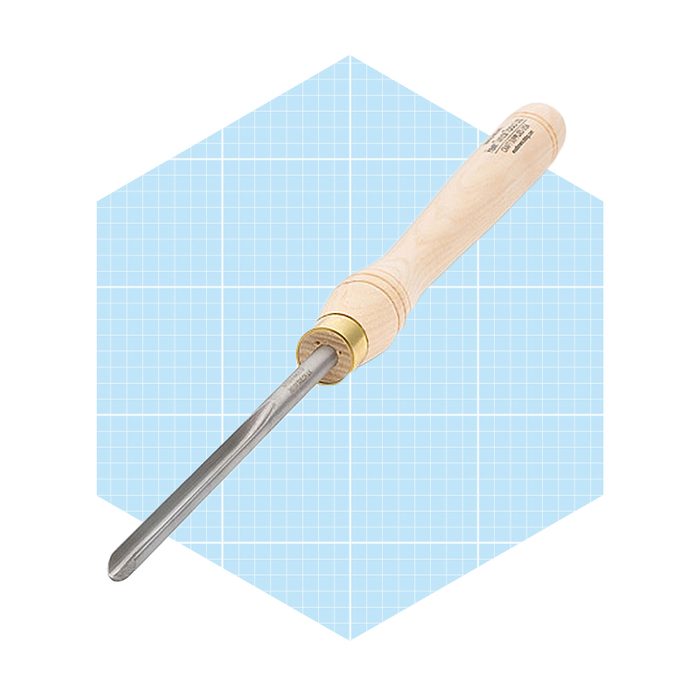
Bowl Gouge
This tool with deep flutes can shape the inside and outside of a bowl. U-shaped bowl gouges reach into the bottom of a bowl to make smooth cuts. V-shaped bowl gouges with a fingernail grind are used for roughing, finishing and detail work.
Having 1/2-inch and 5/8-inch bowl gouges lets you turn different sized bowls, with a 1/2-inch gouge ideal for detail work. Prices range from $50 to $150.
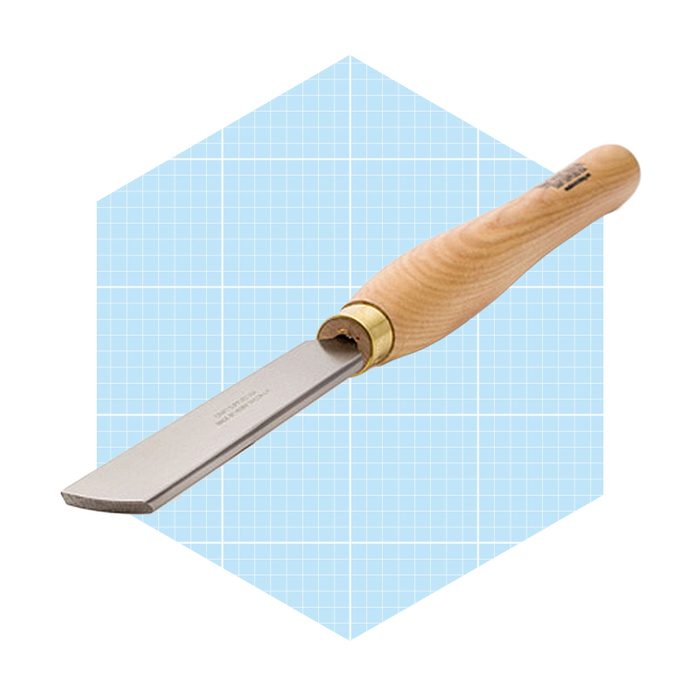
Scraper
Scrapers remove marks created by a bowl gouge, so you’ll use one often. It doesn’t cut; it scrapes using a burr that must be kept sharp to be effective. A round-nose scraper removes marks inside the bowl, and a square-nose scraper handles marks on the outside. A one-inch scraper is sturdy and the most versatile. Prices range from $65 to $100.

